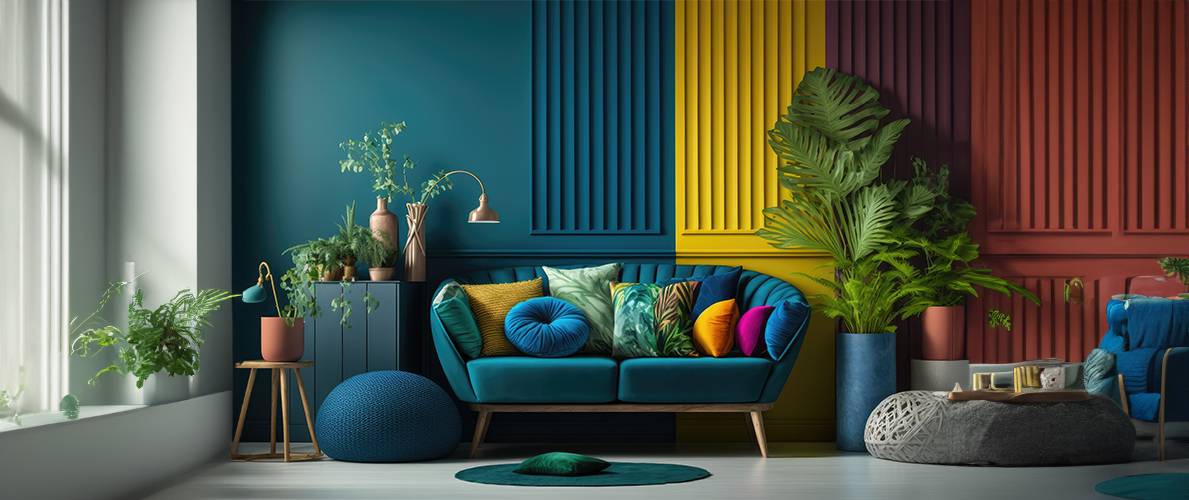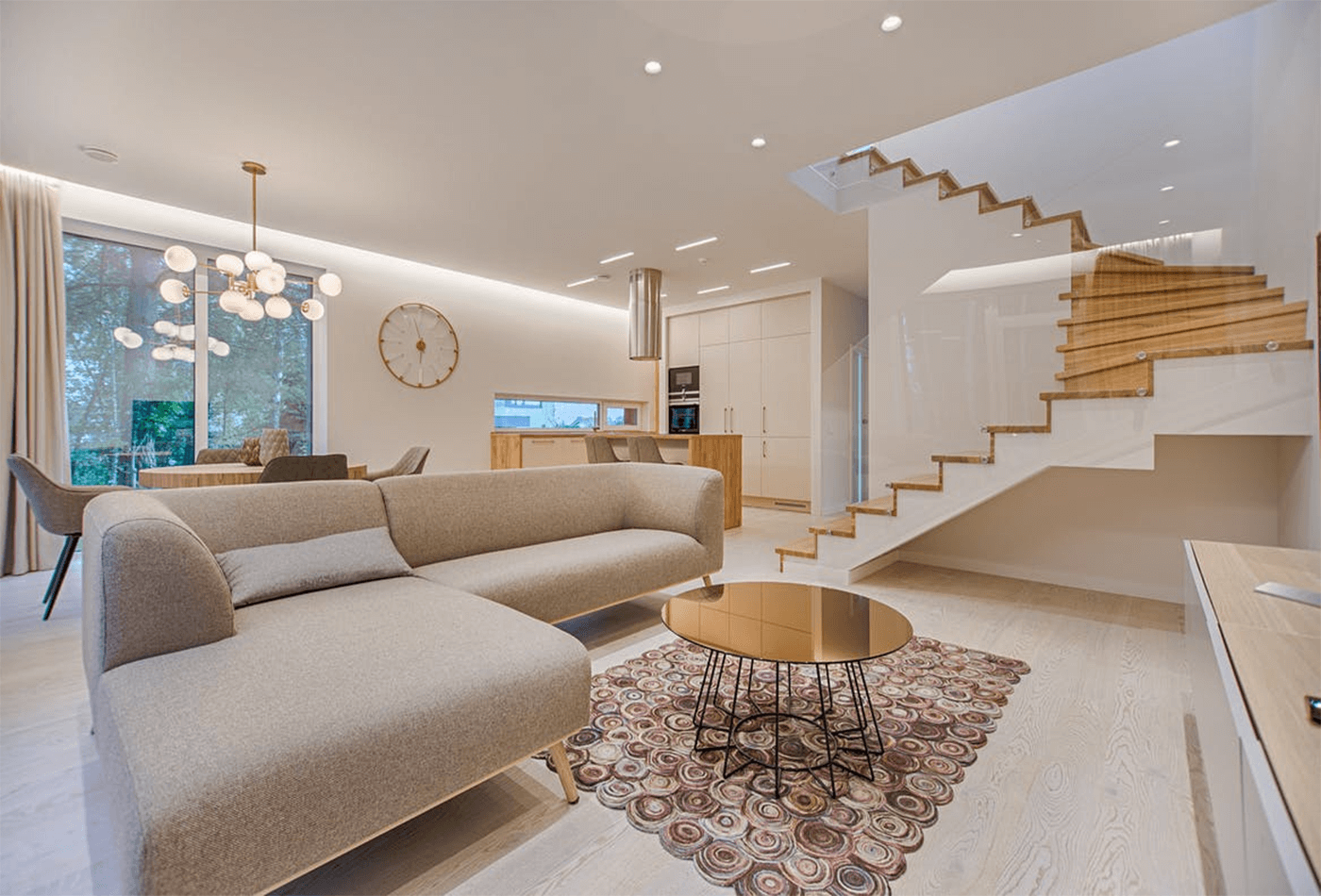Experience luxury interior design that transforms spaces.
Experience luxury interior design that transforms spaces.
Blog Article
Change Your Home With Important Concepts of Interior Decoration and Aesthetics
By comprehending the impact of shade theory and the importance of appearance and patterns, one can produce spaces that are not just visually enticing yet additionally deeply individual. Accomplishing this equilibrium entails even more than simple design; it encompasses a calculated setup and a keen understanding of how each element engages within an area.
Recognizing Color Concept
Understanding the concepts of shade theory enables developers to create areas that reverberate emotionally with passengers while meeting functional demands. Each group plays an important duty in establishing harmony within an area.
The emotional impact of shades is profound; warm colors such as reds and oranges stimulate power and warmth, while awesome tones like blues and eco-friendlies promote peace and serenity. Moreover, the usage of corresponding colors boosts visual passion, creating striking contrasts that can raise a space's charm.
Neutral shades, on the various other hand, function as a flexible background, enabling various other style aspects to radiate. It is important to consider elements such as lighting and the room's purpose when choosing a color combination, as these can change the understanding of shades throughout the day.
Ultimately, a well-considered color pattern can transform a room, cultivating a feeling of comfort and style that aligns with the inhabitants' preferences. Proficiency of shade concept is, therefore, a vital skill for any kind of indoor designer aiming to produce unified and welcoming settings.
Attaining Equilibrium in Style
Exactly how can developers accomplish a sense of equilibrium in their rooms? Attaining balance in layout is basic to producing harmonious insides. Developers can utilize three key sorts of equilibrium: symmetrical, asymmetrical, and radial. Balanced equilibrium entails preparing aspects evenly around a main factor, cultivating a feeling of order and serenity. This kind usually features sets of furnishings or artwork, enhancing aesthetic stability.
Asymmetrical equilibrium, on the other hand, relies upon differing components that still accomplish a natural appearance. This method enables for more dynamic and casual arrangements, giving rate of interest while keeping equilibrium. By carefully choosing differing dimensions, colors, and appearances, developers can create an aesthetically compelling room that feels well balanced yet energised.
Radial balance highlights a main focal point with components radiating outside. This design is commonly seen in circular designs, where furniture and decoration develop a cohesive surround that draws the eye internal.
Inevitably, accomplishing equilibrium calls for thoughtful consideration of scale, proportion, and the connections in between components. interior design firms. By skillfully applying these equilibrium concepts, developers can change rooms into environments that feel both visually pleasing and functionally harmonious, improving the general experience for owners
Importance of Spatial Awareness

An eager wikipedia reference feeling of spatial awareness allows designers to determine focal factors within an area, leading the customer's focus to key attributes while maintaining a total feeling of unity. It additionally aids in the tactical placement of lighting, which can substantially affect the understanding of room and state of mind. Furthermore, understanding spatial relationships allows the designer to satisfy the specific requirements of residents, guaranteeing that each area offers its desired objective without endangering looks.
Eventually, spatial understanding is important for optimizing the capacity of any indoor area. By carefully considering the interaction between measurements, design, and function, developers can produce environments that not just satisfy practical needs however additionally evoke a sense of convenience and charm, enhancing the general living experience.
Incorporating Appearance and Patterns
Embracing a varied series of textures and patterns can dramatically improve the aesthetic and tactile allure of an interior area. The tactical use different products-- such as wood, metal, textile, and stone-- creates deepness look at this site and rate of interest, making an area feel a lot more welcoming and dynamic. Incorporating smooth surfaces click here to read with harsh appearances can develop an equilibrium that attracts the eye and engages the detects.
When incorporating patterns, think about both range and repetition. Big patterns can offer as prime focus, while smaller sized, refined designs can match various other components without overwhelming the area. Layering patterns, such as pairing flower cushions with striped tosses, includes complexity and a sense of harmony if performed attentively.
It is additionally critical to keep a natural shade palette, ensuring that textures and patterns interact instead of contend for interest. By choosing a few essential textures and patterns, you can create a linked visual that shows your personal style while enhancing the total setting of the space. Eventually, the careful incorporation of these elements can transform a mundane room right into an advanced setting abundant with character and warmth.
Individualizing Your Room
Producing a space that mirrors your character is important to accomplishing a really inviting setting. Personalization in indoor style allows you to infuse your distinct design and rate of interests into your home, changing it from a simple sanctuary into a sanctuary that talks with who you are. Begin by selecting a shade palette that reverberates with your emotions-- strong shades can energize, while soft tones use serenity.
Include artwork and style that show your interests, whether it be travel, nature, or abstract principles. Showing individual collections, such as books, pictures, or souvenirs, can stimulate valued memories and produce centerpieces within a space. In addition, think about tailoring functional items, like upholstered furnishings, to align with your visual choices.

Final Thought
To conclude, the improvement of a home via the important concepts of interior decoration and appearance necessitates a detailed understanding of shade theory, balance, spatial understanding, structure, and customization. Each component contributes substantially to developing an unified and functional living environment - luxury interior design. By thoughtfully integrating these principles, people can improve the aesthetic allure and emotional resonance of their areas, eventually cultivating a home that shows one-of-a-kind identifications while supplying convenience and practicality
Report this page